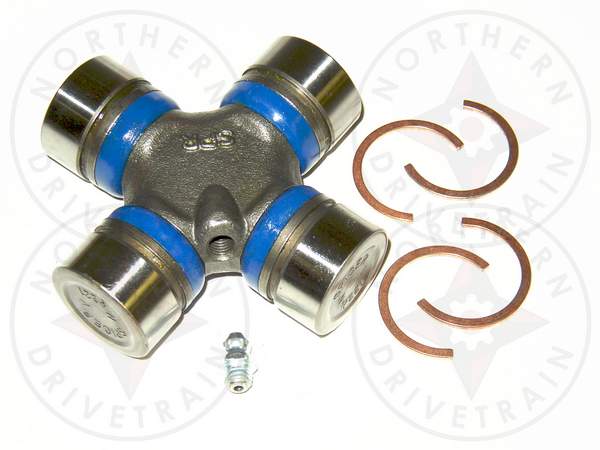pugetsounder
Advanced Contributor
I read the online manual instructions. It said to loosen the helmet nuts before punching out the swivel pins but it did not say to remove the them or the helmet. Well I turned the outdrive and punched out both swivel pins, one came out the other is pinned against the helmet and won't go any farther. I can't get at it punch it back and I can't get to the helmet fastener to remove the helmet. I priced out helmets and pins, not cheap! What are my alternatives?
I can grind the pin off and punch the shorter piece out. Is the pin some kind of hardened steel? Will it be difficult to cut/grind it? At least I can get to it. I noticed new pins have a threaded hole I think for extaction should I drill and tap one (if I can get to it) and try and use a bolt to extract it? Again is this pin some kind of hardened steel?
Or I can keep punching and chance breaking the helmet.
I know Volvo Penta is a good device but wow, what were those swedish engineers thinking? It should be easier to remove a drive than it is.
Thanks in advance.
I can grind the pin off and punch the shorter piece out. Is the pin some kind of hardened steel? Will it be difficult to cut/grind it? At least I can get to it. I noticed new pins have a threaded hole I think for extaction should I drill and tap one (if I can get to it) and try and use a bolt to extract it? Again is this pin some kind of hardened steel?
Or I can keep punching and chance breaking the helmet.
I know Volvo Penta is a good device but wow, what were those swedish engineers thinking? It should be easier to remove a drive than it is.
Thanks in advance.




